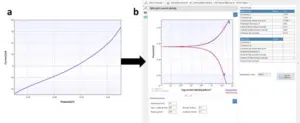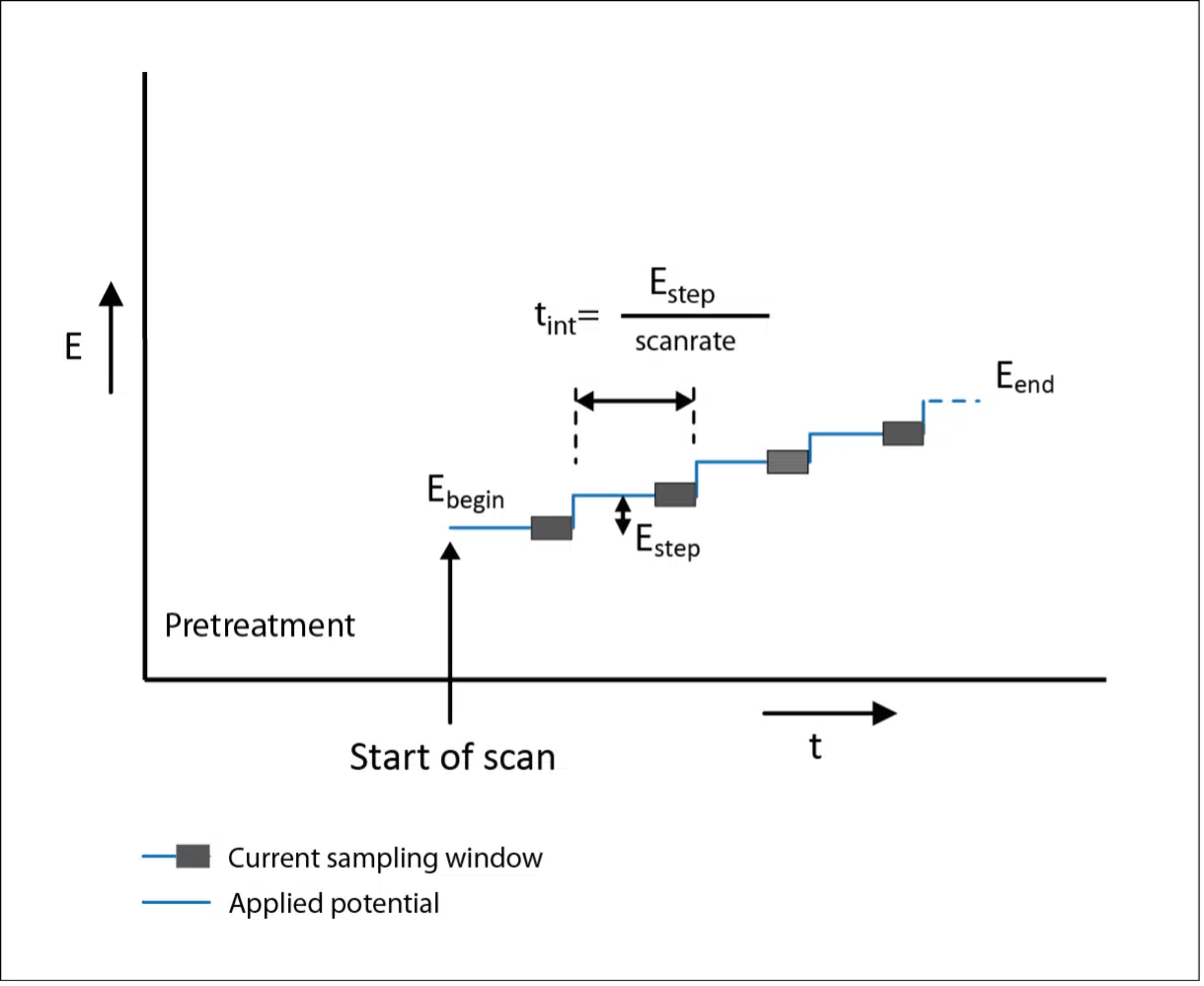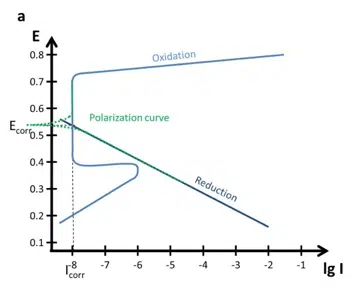Linear polarization
Linear Polarization is also known as Linear Sweep Voltammetry (LSV). It is an electrochemical technique, where the potential is increased or decreased with time in a linear way while the current is recorded. The plot of this technique is an I versus E curve known as the Polarization Curve or Linear Sweep Voltammogram.
In corrosion studies Linear Polarization is used around the corrosion potential and afterwards the polarization curve is used to perform a Tafel Analysis to acquire the corrosion potential, corrosion current and corrosion rate.

Articles

Linear Sweep Voltammetry (LSV)
Linear Sweep Voltammetry is also known as Linear Polarization. In Linear Sweep Voltammetry a potential scan is performed from the begin potential, E begin, to the end potential E e...

Polarization Curves: setup, recording, processing and features
In this extensive section Polarization Curves are discussed. How to setup your equipment, the choice of parameters as well as the data processing is discussed. This will enable you to record a polarization curve and extract the corrosion rate from it by using PSTrace 5. Furthermore, the polarization curves and Evan’s diagrams for passivation films (thick and thin) are discussed. This section closes with a brief description of crevice and pitting corrosion.
